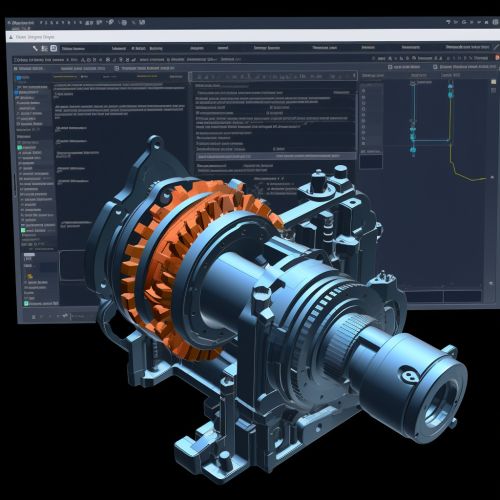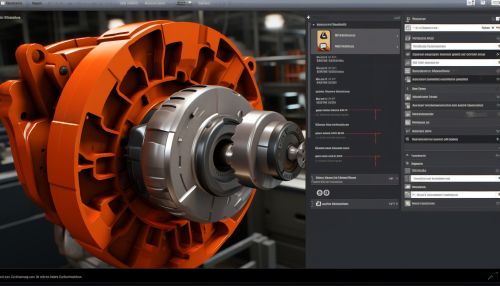Computer-aided manufacturing
Overview
Computer-aided manufacturing (CAM) is the use of software to control machine tools and related machinery in the manufacturing of workpieces. This is not the only definition for CAM, but it is the most common; CAM may also refer to the use of a computer to assist in all operations of a manufacturing plant, including planning, management, transportation and storage.
History
The origins of the CAM can be traced back to the early 1950s, when the U.S. Air Force commissioned the development of a numerical control (NC) system. This system, which was designed by Parsons Corporation and MIT, used punched card to direct mechanical movement of machine tools. This marked the beginning of the era of computer-aided manufacturing.
Types of CAM Systems
There are several types of CAM systems, each designed to meet specific manufacturing needs. These include 2D CAM, 2.5D CAM, 3D CAM, and multi-axis CAM.
2D CAM
2D CAM systems are used for the creation of flat, two-dimensional shapes. These systems are often used in industries such as electronics, where they are used to create circuit boards.
2.5D CAM
2.5D CAM systems are used for the creation of shapes that have some degree of depth or height, but are not fully three-dimensional. These systems are often used in industries such as woodworking, where they are used to create furniture and other items.
3D CAM
3D CAM systems are used for the creation of fully three-dimensional shapes. These systems are often used in industries such as automotive and aerospace, where they are used to create complex parts and components.
Multi-axis CAM
Multi-axis CAM systems are used for the creation of shapes that require movement along multiple axes. These systems are often used in industries such as aerospace and automotive, where they are used to create complex parts and components.
CAM Software
CAM software is used to create and control the manufacturing process. This software is often integrated with other types of software, such as CAD software and PLM systems, to create a comprehensive manufacturing solution.


Benefits of CAM
The use of CAM has several benefits, including increased speed of production, increased accuracy, and reduced waste. CAM can also help to reduce the need for manual labor, which can lead to cost savings.
Limitations of CAM
Despite its many benefits, CAM also has some limitations. These include the high cost of CAM software and equipment, the need for skilled operators, and the potential for job displacement.
Future of CAM
The future of CAM is likely to be shaped by advances in technology, such as the development of more advanced CAM software and the increasing use of AI and ML in manufacturing.
